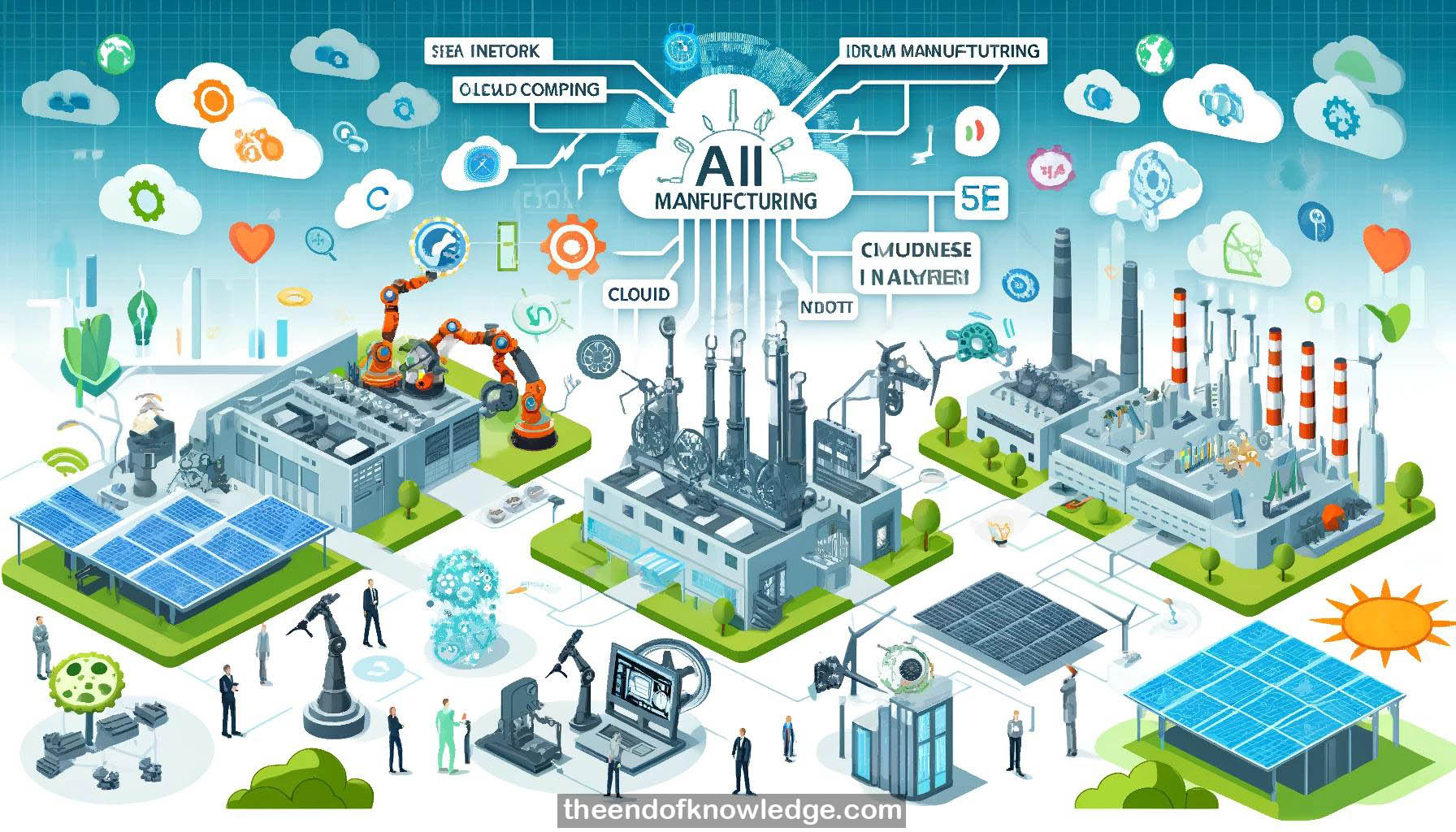 >
>
Concept Graph & Resume using Claude 3 Opus | Chat GPT4o | Llama 3:
Resume:
1.- Dr. Chun Wang presented on human-centric smart manufacturing, integrating cyber, physical and human systems.
2.- Smart manufacturing involves intelligent products, production, services, supported by industrial internet and digital twins.
3.- Human-centric smart manufacturing focuses on human needs in product design, human-machine collaboration in production, and service-oriented transformation.
4.- Challenges include system modeling of uncertain complex systems, knowledge engineering across domains, and effective human-machine collaboration.
5.- Malua Narayan spoke about using AI and neural networks to optimize and de-risk supply chains for sustainable manufacturing growth.
6.- Neural supply chains integrate IoT, AR/VR, AI and cloud to be adaptive, enable autonomous operations and self-optimization.
7.- Enterprises can adopt neural capabilities incrementally from "neural-ready" to "neural-adopting" to "neural self-acting".
8.- Case studies showed benefits of using AI for inventory optimization, transportation cost reduction, and steel manufacturing optimization.
9.- Generative AI has potential for automated business modeling to identify new applications for materials.
10.- Professor Lei Ren discussed AI frontiers in industrial internet across edge computing, cloud-edge collaboration, data-driven techniques and digital twins.
11.- Neurodynamic architecture enables efficient industrial edge intelligence by adaptive sequence learning on edge devices with limited compute.
12.- Cloud-edge lightweight temporal convolutional network improves prediction accuracy and computing time for remaining useful life estimation.
13.- Label split and multi-edge approach enhances adaptive fault diagnosis by enlarging diagnosable faults and handling unlabeled data.
14.- Multi-channel temporal attention network predicts industrial health indicators considering channel contributions and reducing delay.
15.- Self-supervised learning explores diverse industrial data characteristics to enhance soft sensors for key indicator prediction.
16.- Digital twin robotic system generates synthetic grasp datasets and enables adaptive robotic grasping in industrial flexible production.
17.- Cross-domain transfer learning and meta-learning enable AI models to generalize to unseen conditions in industrial applications.
18.- Industrial big models and knowledge graphs are an emerging frontier requiring further research in model generalization and domain adaptation.
19.- Dr. Sylvain Calinon presented research on teaching robots manipulation skills from human demonstrations using machine learning.
20.- Challenges include handling diverse data types, combining anticipative planning and reactive control, and enabling multi-task learning.
21.- Uses sensors, XR interfaces and smartphones to intuitively program robots by demonstration and evaluate robot's ability to perform tasks.
22.- Showed applications in underwater valve turning leveraging virtual demonstrations and a portrait drawing robot exhibit.
23.- Dr. Yongchang Zhang introduced coding-based evolutionary operators for large-scale task scheduling in industrial edge computing.
24.- Mathematical models represent complex precedence between manufacturing and computational tasks in IoT-based manufacturing.
25.- Coding-based evolutionary algorithm generates diverse search operators to find sub-optimal scheduling solutions in reasonable time.
26.- Parallel evolutionary search and solution merging enable handling 4000+ tasks in under 10 seconds compared to 400+ seconds sequentially.
27.- Ashruf Abushadi from UNIDO shared a case study of using AI for smart agriculture in Namibia.
28.- Satellite imagery and drones helped map invasive plant species threatening farmland using AI-based predictive modeling.
29.- AI enabled calculating optimal locations and yields for harvesting invasive plants as input to a biomass processing factory.
30.- Digital tools put farmers at the center, incentivizing participation in the solution through a mobile app.
31.- Irmgard Nübler from ILO discussed the impact of technologies on employment, skills, and development goals.
32.- Historically, employment rates have grown despite fears of tech-driven job losses, as tech both destroys and creates jobs.
33.- Adjustment processes like reduced working hours, increased R&D and education, and changing consumer behavior mediate tech's employment impacts.
34.- Robotization and manufacturing employment impacts vary significantly by country based on institutions, skills, and position in value chains.
35.- Capabilities to leverage technology for development differ between Asia and Latin America, enabling Asia to build complex supply chains.
36.- Rapid tech change can worsen inequality, work quality and surveillance, requiring updated institutions and labor protections.
37.- Thomas Sobottka presented on transforming industrial manufacturing for a sustainable future and meeting climate goals.
38.- Industry accounts for 35% of CO2 emissions, requiring dramatic increases in energy efficiency and flexibility.
39.- Barriers include low renewable energy share, need to electrify heat, and volatility of solar/wind power.
40.- AI-based optimization and digital twins can improve energy efficiency in design and synchronize consumption with renewable supply.
41.- Digital twins combine real-time production data, energy forecasts, and market signals to optimize across criteria.
42.- A portable demo factory shows rapid production re-planning based on incoming solar forecasts.
43.- Learning factories can help develop and deploy these AI solutions for energy optimization at scale through education and research.
44.- Key takeaway: Energy is both a challenge and opportunity that AI can help industry navigate for sustainability.
Knowledge Vault built byDavid Vivancos 2024